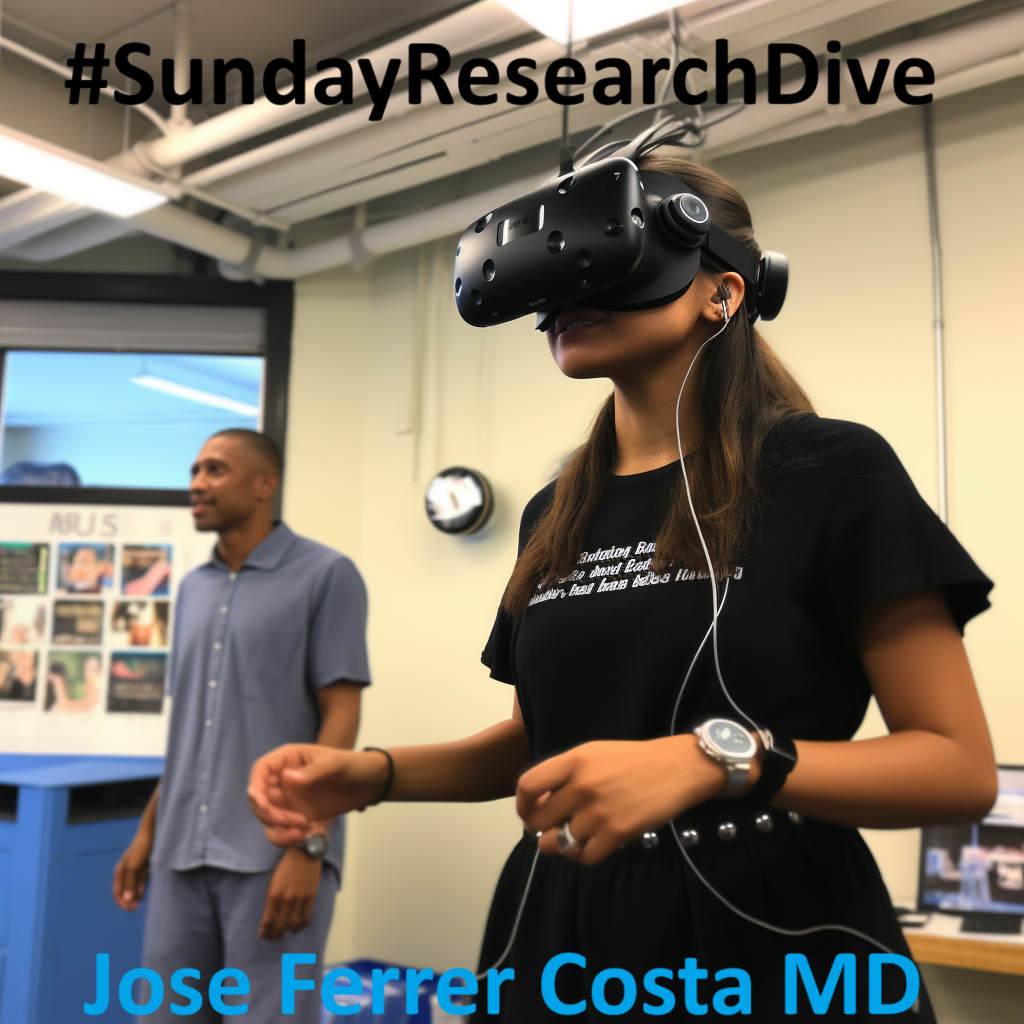
In this week’s deep dive, we explore a study titled “WorkplaceVR: A Virtual Reality System to Promote the Self-Efficacy of Individuals with Autism for their Success at Work” by Kim et al.. This research offers valuable insights into how VR can be utilized to enhance self-efficacy in individuals with autism, specifically in workplace environments. It’s also a valid example of a user-centered design, with an interesting approach evolving different stakeholders since the start of the process.
📄 Link to Article: https://doi.org/10.2196/52157
📊 Key Insights:
Study Overview: The study involved a final sample of 14 young adults with autism. It focused on developing and evaluating a VR system, WorkplaceVR, designed to simulate work-related social scenarios, and facilitating reflection on users’ behavioral and physiological response.
Impact on Self-Efficacy: Results indicated a significant increase in self-efficacy among participants post-engagement with the VR system. This enhancement was attributed to the realistic simulation of workplace scenarios and the data-driven reflection procces.
🚀 Methodological Approach:
The system combined VR scenarios with a physiological data visualization interface. It aimed to provide authentic workplace experiences, integrating evidence-based social skills and varying levels of difficulty.
Participants underwent a pre-experiment phase for familiarization, followed by the VR experiment, and a post-experiment data reflection process.
🧐 Critical Observations:
Increased Self-Awareness: The study highlighted how VR interventions could foster self-awareness in individuals with autism about their emotional and physiological states during social interaction.
Verbal Persuasion and Mastery Experience: Data reflection processes in the VR system provided participants with a sense of achievement and encouraged self-expression, contributing to building positive self-confidence.
🌟 Ethical and Practical Considerations:
The study’s inclusive and user-centered approach in designing VR content is commendable, focusing on realistic scenarios tailored to the needs of those individuals.
Small Sample Size: One of the key limitations of the study is its relatively small sample size, with only 14 young adults with autism participating. This limited number of participants can restrict the generalizability of the findings. With a larger, more diverse group, we could gain a clearer understanding of how different individuals with autism might respond to similar VR interventions.
💡 Looking Forward:
Despite its small sample, this study is a significant step forward in VR applications for neurodiversity. It offers a practical blueprint for using VR to enhance social and occupational skills among neurodiverse individuals, boosting their self-confidence in a safe setting.
The study underscores VR’s potential in empowering neurodiverse individuals, providing a supportive environment to develop crucial skills without real-world pressures.
This study paves the way for more comprehensive research and innovation in VR, aiming to support and celebrate neurodiversity in all aspects of life.
📌 Tags: #Autism #VirtualReality #WorkplaceTraining #SelfEfficacy #HealthTech #SundayResearchDive
This article was originally published on vrforhealth
